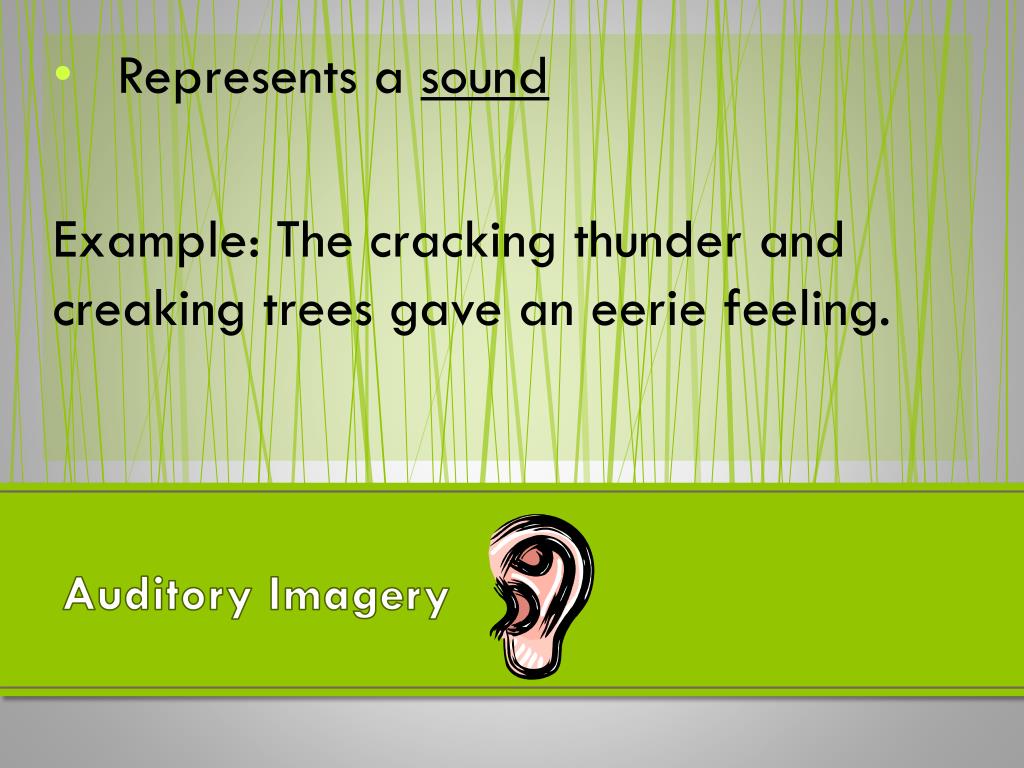
In delusions of control, a subject may perform actions that are in keeping with her plans and intentions (for example, she might brush her hair), but she claims that somebody else is controlling her. The easiest symptoms for which to introduce the account are delusions of control, since it is clear that, if anything involves motor commands, and indeed sensory consequences, then bodily actions do. The same basic idea underlies the self-monitoring mechanism postulated to account for the symptoms of schizophrenia, including AVHs. This is because the nervous system is, at some level, taking the world to be moving across the eye, rather than the eye across the world. When we do this, the world itself seems to tilt and shake.


We can see exactly what happens when there is no such motor command, and hence no such adjustment, when we press on our eye with our finger. If the predicted and actual sensory consequences match then the nervous system infers that the change was self-generated and the conscious percept is adjusted accordingly. More specifically, information about the motor command is used by the nervous system to predict the sensory consequences that would be produced by the eye movement. When an image moves across the retina, how does our nervous system know whether it is the world moving across our eyes or our eyes moving across the world? Helmholtz suggested that our nervous system can tell the difference because when our eyes move there is a motor command. His concern, however, was with the following problem. How is self-monitoring actually achieved? The first theorist to postulate a self-monitoring mechanism was arguably von Hemlholtz ( 1866). In this case, the claim is that your nervous system is constantly in the business of trying to work out what sensory stimulation has been produced by itself, or by the outside world. The starting point (as with all of these accounts, whether implicitly or explicitly) is a claim about the human nervous system. We then mention two ways in which theorists have adopted different approaches to voices and thoughts in psychosis, and present the motivation and composition of this special issue.īy far the most popular approach in recent decades has been to account for AVHs in terms of a problem with self-monitoring (Frith 1992, Fritht et al. With some problems still remaining, we then introduce the problems presented by the phenomenon of thought insertion, not least the question of how different it is supposed to be, as a phenomenon, from AVHs. We then present a number of worries for this account, and some potential responses open to its proponents. In this introduction we set the scene by presenting the orthodox account of AVHs, which makes use, not only of the notion of self-monitoring, but also of the notion of inner speech.

Thus we can turn this on its head and ask: what does the presence, prevalence and variety of AVHs tell us about human beings in general, and human cognition in particular? What would human beings have to be like in order to give rise to the phenomena that we see when people report AVHs? Some theorists, as we are about to see, make very strong claims about the nature of the human mind and brain, in trying to account for the presence of AVHs. There is nothing obvious about hearing voices, which is to say: nothing that we know about human beings clearly predicts the presence, prevalence and variety of AVHs. But beyond this clinical motivation, there exist a number of theoretical ones, too. (2010, p.566).ĪVHs can be deeply troubling for those who experience them, and a greater understanding of them as a phenomenon finds clear motivation in the desire to improve management and treatment of an often very distressing experience. The term AVH encapsulates a diverse phenomenological experience, which may involve single and/or multiple voices, who may be known and/or unknown, speaking sequentially and/or simultaneously, in the first, second, and/or third person and which may give commands, comments, insults, or encouragement.


 0 kommentar(er)
0 kommentar(er)
